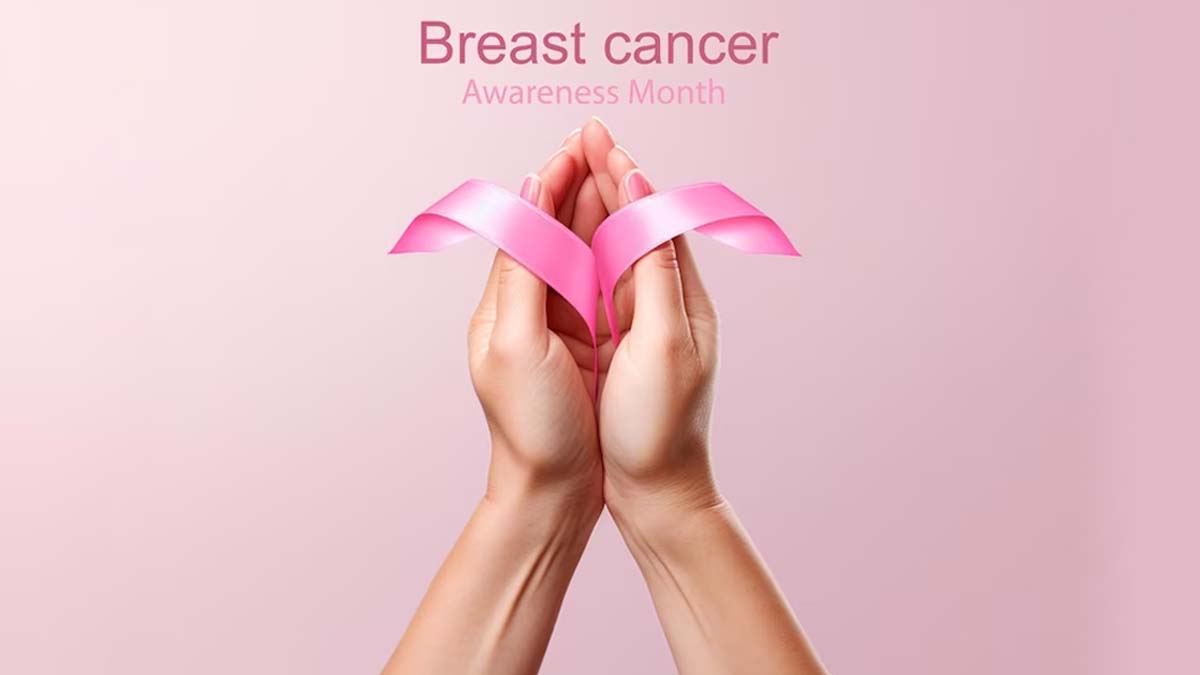
October marks Breast Cancer Awareness Month, a crucial time to promote early detection and understanding of this prevalent disease. Regular self-examinations can play a significant role in detecting breast cancer early, when it is most treatable.
Table of Content:-
Tips to Examine Your Breasts at Home
Here are some simple steps to help you perform a breast self-exam at home:
1. Know Your Breasts
Familiarise yourself with how your breasts look and feel. Understand the normal changes in your breast tissue throughout your menstrual cycle, so you can identify any unusual changes.
2. Visual Examination
Stand in front of a mirror with your arms at your sides. Look for changes in size, shape, or contour. Check for dimpling, puckering, or changes in the skin texture.
3. Raise Your Arms
Raise your arms overhead and look for the same changes as you did in step two.

Also Read: Breast Cancer Awareness Month 2023: History, Theme, Significance, and Importance
4. Examine Your Breasts Lying Down
Lie down and use your right hand to feel your left breast and then your left hand to feel your right breast. Use a firm, smooth touch with the first few finger pads of your hand, keeping the fingers flat and together. Use a circular motion, about the size of a quarter. Cover the entire breast from top to bottom, side to side—from your collarbone to the top of your abdomen, and from your armpit to your cleavage.
5. Check Your Nipples
Gently squeeze each nipple and check for discharge or lumps.

Also Read: Breast Cancer Awareness Month 2023: History, Theme, Significance, and Importance
6. Be Mindful of Changes
If you notice any changes, such as a lump, swelling, or skin irritation, consult a healthcare professional promptly. Remember that most breast lumps are not cancerous, but it's essential to have any changes evaluated.
7.Regular Screenings
In addition to self-exams, women above a certain age or with a family history of breast cancer should schedule regular mammograms and clinical breast exams with their healthcare provider.
Early detection through self-examination and screenings can significantly increase the chances of successful treatment. By being proactive about your breast health, you empower yourself with knowledge and contribute to the fight against breast cancer. Stay vigilant, stay healthy!
Also watch this video
How we keep this article up to date:
We work with experts and keep a close eye on the latest in health and wellness. Whenever there is a new research or helpful information, we update our articles with accurate and useful advice.
Current Version